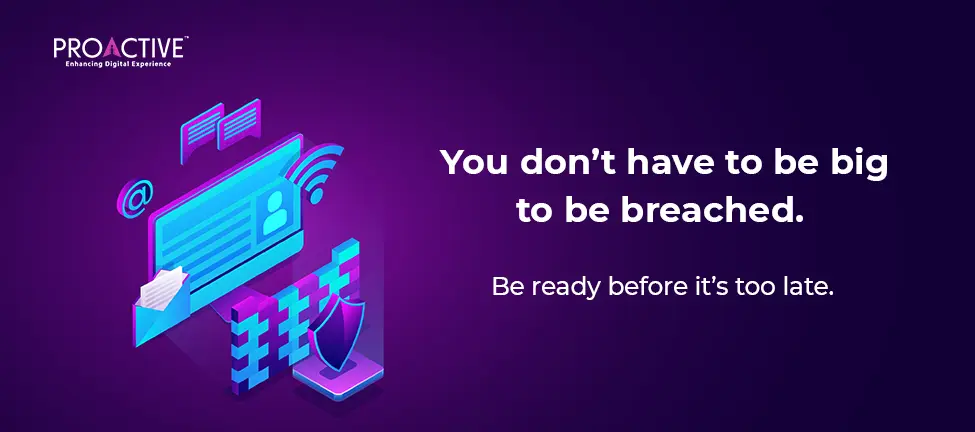Updated: July 22, 2025

Your Firewall Is Not Enough
These are not large enterprises. These are firms with 100 to 1000 employees, ambitious, growing, and digitally dependent. They believed they were too small to be targeted. They were wrong.
If you're a startup or scaling business, you can’t stitch together security on the fly. You need a sharp checklist, not blind trust.
Step One: Define Your Blast Radius
Before firewalls and MFA, assess what’s at risk.
Security architecture starts with understanding blast zones. In an enterprise with remote teams and hybrid assets, not knowing the sprawl is the real vulnerability.
Step Two: Zero Trust, For Real
Zero Trust starts with access control:
In Delhi NCR, where tech-enabled warehousing is exploding, businesses deploying warehouse management systems (WMS) often forget to isolate vendor access. The result: a third-party scanner with default credentials can see your entire intranet.
Step Three: Encrypt Everything That Moves
Data in transit is an easy target. Mid-sized enterprises often rely on outdated VPNs or legacy routers that don’t support high-grade encryption.
What you should do:
If you’re in healthcare or education, this becomes non-negotiable. The Data Protection Board of India will begin compliance enforcement by 2025.
Step Four: Build an Always-On Monitoring Loop
If you can’t see it, you can’t secure it.
Too many IT heads in emerging businesses use legacy SNMP monitoring. It’s time to move to anomaly detection:
Don’t wait for a SOC that doesn’t exist. Use automation to detect, flag, and isolate.
Step Five: Patch Management Is Not Optional
Mumbai’s education sector saw a spate of attacks last year from outdated plugins and exposed CMS panels.
Set rules:
A missing patch is not an IT miss. It’s an open invite.
Step Six: Secure the Wi-Fi, Every Layer
Guest Wi-Fi without bandwidth limits. Hidden SSIDs that aren't really hidden. Consumer-grade routers in enterprise floors.
Instead:
From Pune’s industrial belts to Hyderabad’s software parks, Wi-Fi is often the weakest link. Secure it.
Step Seven: Make Backups Non-Negotiable
A Bangalore-based SaaS firm had cloud backups. But its restore workflows hadn’t been tested. When an attack hit, recovery took 3 days.
Checklist:
Security is not just about prevention. It’s about return-to-service speed.
Final Step: Get a Real-Time View, Not Just a Report
Quarterly audits won't catch breaches. Live telemetry will.
Invest in tools that:
You need visibility before the breach, not after.
Work with Proactive:
We don’t just secure networks. We secure businesses. Proactive is a Cisco Gold Partner helping India’s mid-sized enterprises build secure, scalable infrastructure. From access control to real-time monitoring, we design, deploy, and manage your network like it matters. Because it does.